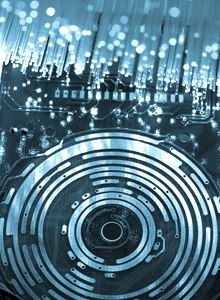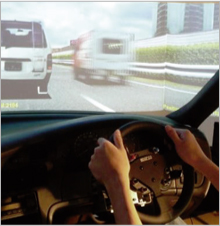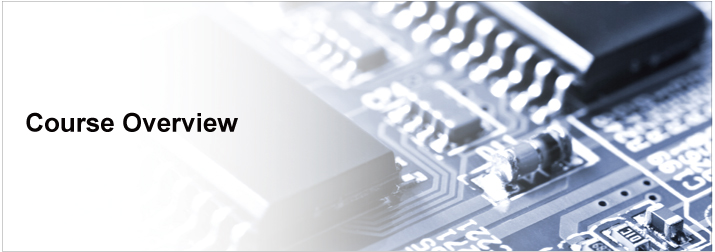HOME > Course Overview> Sub-department of Mechanical
The Sub-Department of Mechatronics in the Department of Mechanical Science and Engineering was established under the Department of Electro-Mechanical Engineering in 1986 according to the establishment of the Electronic-Mechanical Engineering Course in the Undergraduate Department of Mechanical and Aerospace Engineering in 1982. The master course and the doctor course started in 1986 and in 1988, respectively. In 1992, the sub-department is reorganized to have 6 research groups, viz., Intelligent Mechatronics, Intelligent Production Engineering, Sensing Engineering, Integration Mechanical Engineering, Mechatronics Control.
In 1994, owing to a proposed government policy giving overriding priority to the graduate school, Graduate School of Engineering adopted the Flexible Graduate School System consisting of two groups of departments: Disciplinary Departments and Interdisciplinary Departments. The former group studies traditional research topics and provides education of fundamental subjects. The latter one studies innovative research topics and provides education of interdisciplinary subjects. The Sub-Department of Mechatronics started with 5 principal research groups belonging to the Disciplinary Department (i.e., Department of Mechanical Science and Engineering) and 1 cooperative one belonging to both the Disciplinary Department and the Interdisciplinary Department (i.e., Department of Micro-Nano Systems Engineering) by reorganizing the 6 research groups in the original department. This organization allows us to interchange the research and the education between the departments.
There is a social demand for providing novel industrial products with multi-function, intelligence and variety by using the development of computers. To cope with it, the Sub-Department of Mechatronics aims at providing an interdisciplinary education and research system to instruct specialty, ability for integration, humanity with ethics and an international perspective based on the fusion of mechanical engineering, electronics and computer science.

電子機械工学分野では,名古屋大学大学院工学研究科の教育理念をより具体的に示すために,以下の教育目的および教育目標を掲げている.
教育目的

コンピュータの発達によってもたらされた工業製品の高機能化・知能化・多様化に対する社会的ニーズに対応するため,博士前期課程では,発展しつつある電子機械工学を修得し,電子機械工学を中心とする広範な工学的手法を駆使して,目標を効果的に達成するプロジェクトリーダとしての能力のある人材を養成する.
また,博士後期課程では,発展する社会の将来を的確に展望しつつ,電子機械工学から「創造的に発展する工学」を創り出す能力のある人材を養成するとともに,高度の指導能力の養成にも配慮する.
教育目標
博士前期課程の教育目的を達成するため,学部カリキュラムとの連続性に留意しつつ,下記の(A)~(D)に記した能力を養うことを 博士前期課程の教育目標として設定している.
- (A)
- 主専攻科目を通して,電子機械及び電子機械関連分野の専門技術に関する高度な知識とそれらを応用し発展させる研究能力及び研究創造能力を養う.
- (A-1)
- 人工知能,システム工学など,知能電子機械に関する専門知識,及びそれらを電子機械工学の諸問題の解決に応用し,新しい研究分野を創造できる能力
- (A-2)
- 生産機械,動的システム論など,知能生産に関する専門知識、及びそれらを電子機械工学の諸問題の解決に応用し,新しい研究分野を創造できる能力
- (A-3)
- 計算機援用設計,計算機工学など,知識設計に関する専門知識,及びそれらを電子機械工学の諸問題の解決に応用し,新しい研究分野を創造できる能力
- (A-4)
- メカトロニクス機器,ロボット工学など,集積機械に関する専門知識,及びそれらを電子機械工学の諸問題の解決に応用し,新しい研究分野を創造できる能力
- (A-5)
- 制御工学,ディジタル制御など,電子機械制御に関する専門知識,及びそれらを電子機械工学の諸問題の解決に応用し,新しい研究分野を創造できる能力
- (A-6)
- センシング工学,画像処理工学など,知能計測に関する専門知識,及びそれらを電子機械工学の諸問題の解決に応用し,新しい研究分野を創造できる能力
- (A-7)
- 応用解析学,非線形力学,連続体力学,流体解析,エネルギー変換システムなどに関する高度な知識,及びそれらを電子機械工学の諸問題の解決に利用できる能力
- (B)
- 副専攻科目(マイクロシステム工学専攻の主専攻科目)を通して,広い総合研究能力を養うとともに,学際的先端分野の知識や研究成果を修得する.
- (C)
- 総合科目を通して,多くの専門分野のチームの中で,科学技術の広い分野の発展を総合的に把握し,問題解決する総合指導能力,国際的な科学技術コミュニケーション能力などを養う.
- (D)
- 修士論文課題の研究指導を通して,電子機械工学に関連する基礎技術,融合技術,知能化技術,システム設計技術などの独創性,創造性を養う.
また,博士後期課程の教育目的を達成するため,博士前期課程の教育目標に留意しつつ,上記の(A)ー(C)及び下記の(E)に記した能力を養うことを博士後期課程の教育目標として設定している. - (E)
- 博士学位論文課題の研究指導を通して,社会への健全な科学技術的貢献を展望しつつ,電子機械工学の新しい分野を開拓し,自ら研究を遂行する能力を養う.














